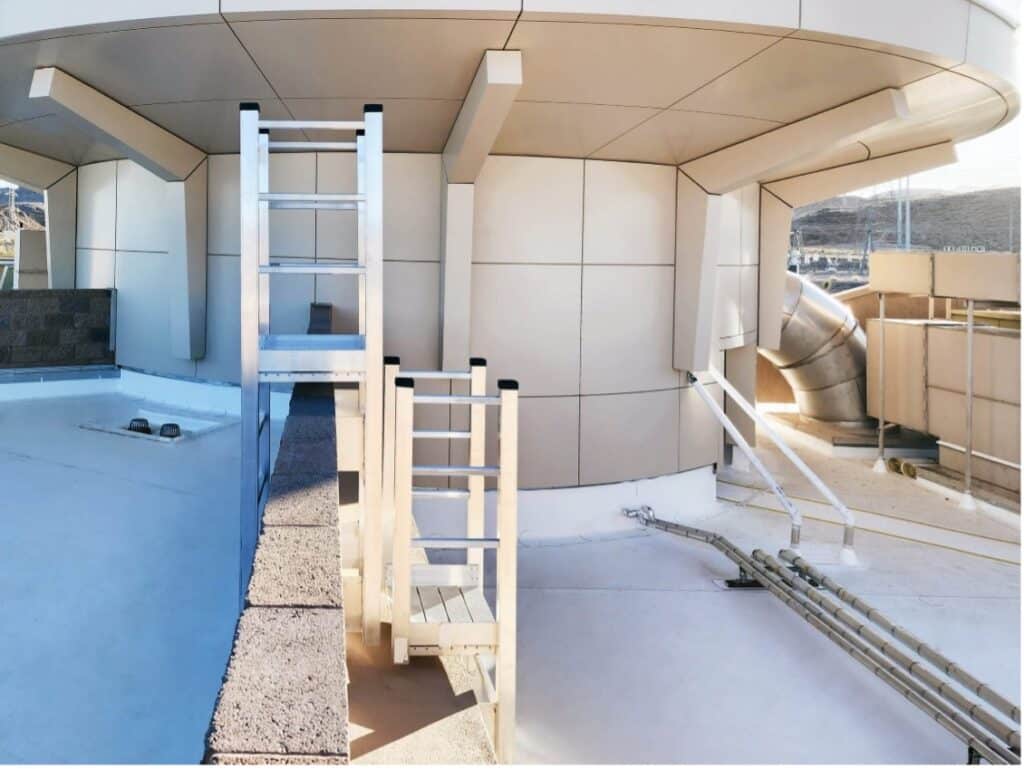Understanding the International Building Code’s Regulations on Unoccupied Roofs
The International Building Code (IBC) stands as a crucial guideline governing the construction practices for commercial buildings, excluding one-and-two-family dwellings and townhouses up to three stories. It serves as a model code, providing a framework that individual states and jurisdictions can adopt and adapt according to their specific needs and circumstances. Among its many provisions, the IBC meticulously outlines guidelines concerning the design and use of both occupied and unoccupied roofs within buildings.
Differentiating Between Occupied and Unoccupied Roofs
An essential distinction within the IBC pertains to roofs categorized as occupied versus unoccupied. Occupied roofs are accessible to all building occupants and may include areas such as rooftop lounges, pools, or gathering spaces open to the public. From a regulatory perspective, an occupied roof is treated similarly to any other enclosed story within the building, necessitating compliance with standard means of egress requirements.
Conversely, unoccupied roofs are accessible solely to maintenance or construction personnel for specific purposes, such as conducting repairs, performing maintenance on mechanical equipment, or servicing various building systems. These areas are not intended for regular public use but are crucial for the upkeep and operational efficiency of the building.
Regulations for Unoccupied Roofs
For the purpose of this article, the focus is on the regulations governing unoccupied roofs within the IBC framework. One notable stipulation outlined in the code is the prohibition of permanent ladders as a means of egress on unoccupied roofs. However, they may be utilized for access to areas frequented solely by personnel engaged in maintenance, repair, or monitoring tasks related to building equipment.
According to the IBC guidelines, unoccupied roofs accessed by personnel for maintenance purposes must adhere to specific conditions:
- Access Provisions: Access to unoccupied roofs should be facilitated by means such as catwalks, crawl spaces, freight elevators, or narrow passageways designated for maintenance personnel.
- Special Use Areas: Certain raised areas used for purposes related to security, life safety, or fire safety—such as observation galleries, fire towers, or lifeguard stands—are permitted to have access via ladders, subject to regulatory approval.
- Group U Facilities: Elevated levels within Group U facilities that are not open to the general public may also use ladders for access.
- Mechanical Code Compliance: In accordance with Section 306.5 of the International Mechanical Code (IMC), ladders may be installed to reach equipment and appliances placed on unoccupied roofs.
Compliance and Safety Considerations
Adherence to the IBC regulations regarding unoccupied roofs is critical for ensuring both compliance with legal standards and maintaining safety within commercial buildings. By strictly following these guidelines, building owners, architects, and contractors can mitigate potential risks associated with rooftop access and enhance overall building security and operational efficiency.
In conclusion, while the IBC provides a comprehensive framework for the construction and utilization of commercial buildings, its regulations concerning unoccupied roofs underscore the importance of safety, accessibility, and regulatory compliance. By understanding and implementing these guidelines, stakeholders can contribute to the creation of safer and more functional built environments that meet the diverse needs of modern construction practices.
By adhering to these regulations, stakeholders ensure that unoccupied roofs serve their essential maintenance and operational roles without compromising safety or regulatory compliance.


